Space Force developing “freight train to space” for smallsats
Monday, 09 August 2021 17:37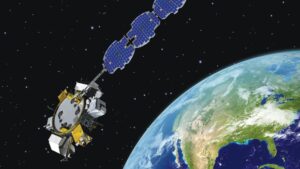
The U.S. Space Force plans to demonstrate later this year two approaches to provide rides to space for small satellites and hosted payloads, including a version of a common adapter equipped with a propulsion system.
Space ISAC invites firms to join Small Satellite Community of Interest
Monday, 09 August 2021 17:30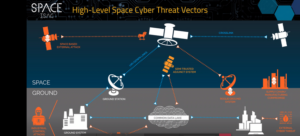
SAN FRANCISCO — The Space Information Sharing and Analysis Center, or Space ISAC, is eager to share information about cyber threats and other potential security vulnerabilities with the small satellite industry. In April the Space ISAC established a Small Satellite Community of Interest “to develop and deliver risk-mitigation strategies to members and government partners to better […]
DoD experiment flying to International Space Station to collect data for missile-tracking sensors
Monday, 09 August 2021 15:17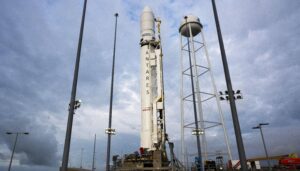
A Northrop Grumman spacecraft scheduled to launch Aug. 10 on a resupply mission to the International Space Station will carry a Space Development Agency experiment.
NASA rover has been exploring surface sediments, not lake deposits, for last eight years: study
Monday, 09 August 2021 14:10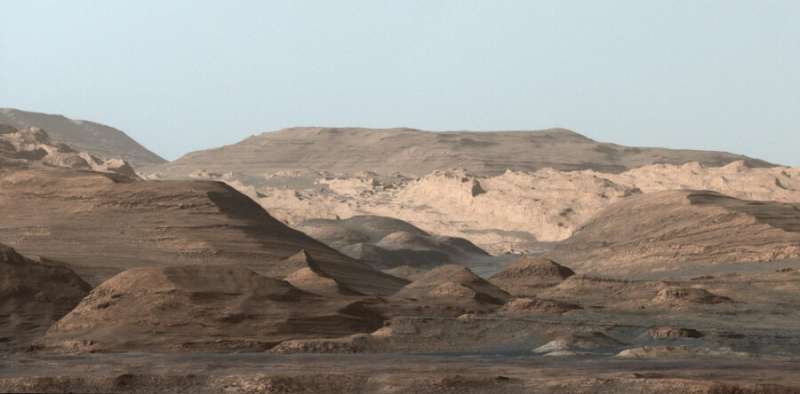
U.S. military doubles down on GPS despite vulnerabilities
Monday, 09 August 2021 13:00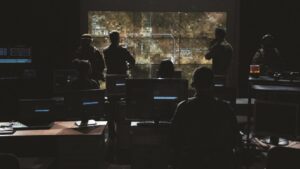
Space weapons meant to target U.S. satellites are a growing concern for the U.S. military. Especially worrisome are electronic jamming devices designed to interfere with GPS signals.
China is working on a lander for human moon missions
Monday, 09 August 2021 11:16
China’s main spacecraft maker is developing a human landing system for lunar missions as part of a national strategy, according to a report.
University of Michigan graduate named to lead Taiwan’s space agency
Monday, 09 August 2021 11:03
In an inauguration speech, the new NSPO chief said he will try to “build a more comprehensive infrastructure for space technology in Taiwan and to develop the space industry and its supply chain.
Image: Crater trio
Monday, 09 August 2021 11:00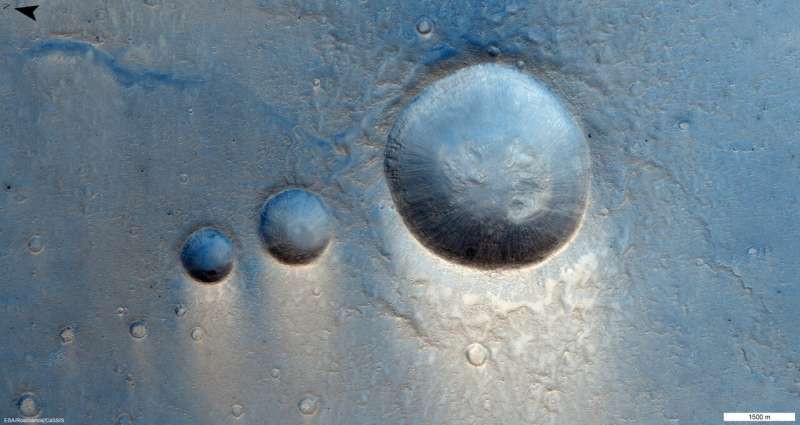
This image was taken on 22 March 2021 in the Lunae Planum region [16.74°N, 300.9°E] of Mars by the CaSSIS camera on the ESA-Roscosmos ExoMars Trace Gas Orbiter (TGO).
This region is known to be covered by large lava deposits probably from the nearby Tharsis Montes volcanoes. In this image three medium-sized impact craters take center stage, with many smaller impacts pockmarking the scene. Zooming into the larger craters it is possible to see layers in the inner rim that could represent the successive accumulation of lava flows in this area.
TGO's full science mission began in 2018. The spacecraft is not only returning spectacular images, but also providing the best ever inventory of the planet's atmospheric gases, and mapping the planet's surface for water-rich locations. It will also provide data relay services for the second ExoMars mission comprising the Rosalind Franklin rover and Kazachok platform, when it arrives on Mars in 2023.
Explore further
SpaceX to acquire Swarm Technologies
Monday, 09 August 2021 10:18
SpaceX has quietly agreed to acquire Swarm Technologies, a company that operates a smallsat constellation providing internet-of-things services.
Army award-winning research to transform Soldier-robot communication
Monday, 09 August 2021 06:33 Army researchers developed ground-breaking technology that will enhance how Soldiers and robots communicate and carry out tasks in tactical environments.
This research sets out to develop a natural language understanding, or NLU, pipeline for robots that would be easily ported over to any computational system or agent and incrementally tames the variation that we see in natural language, s
Army researchers developed ground-breaking technology that will enhance how Soldiers and robots communicate and carry out tasks in tactical environments.
This research sets out to develop a natural language understanding, or NLU, pipeline for robots that would be easily ported over to any computational system or agent and incrementally tames the variation that we see in natural language, s Long March rocket lifts off with communications satellite
Monday, 09 August 2021 06:33 China used a Long March 3B carrier rocket to place a communications satellite in space early on Friday morning.
The rocket blasted off at 00:30 am at the Xichang Satellite Launch Center in southwestern China's Sichuan province and then deployed the ChinaSat 2E satellite in its orbit, according to the China Aerospace Science and Technology Corp, the nation's leading space contractor.
China used a Long March 3B carrier rocket to place a communications satellite in space early on Friday morning.
The rocket blasted off at 00:30 am at the Xichang Satellite Launch Center in southwestern China's Sichuan province and then deployed the ChinaSat 2E satellite in its orbit, according to the China Aerospace Science and Technology Corp, the nation's leading space contractor. Tianhe astronauts use free time to watch ping-pong and exercise
Monday, 09 August 2021 06:33 Chinese astronauts on board the Tiangong space station have enjoyed watching matches from the Tokyo Olympic Games, according to the China Manned Space Agency.
"Technically, we can connect them to live broadcasts, but they've chosen to watch transmitted recordings during their time off, because there are so many tasks for them to complete," the agency said in an article on its WeChat accoun
Chinese astronauts on board the Tiangong space station have enjoyed watching matches from the Tokyo Olympic Games, according to the China Manned Space Agency.
"Technically, we can connect them to live broadcasts, but they've chosen to watch transmitted recordings during their time off, because there are so many tasks for them to complete," the agency said in an article on its WeChat accoun Air Force Materiel Command takes on role as servicing major command for Space Force
Monday, 09 August 2021 06:33 Air Force Materiel Command is adding on a new role as the designated Servicing Major Command for the U.S. Space Force.
Recently the U.S. Air Force and U.S. Space Force took steps to define AFMC's role as the designated Servicing MAJCOM for the U.S. Space Force. These actions included a memorandum of understanding providing a strategic overview of support provided to the USSF by the USAF. A
Air Force Materiel Command is adding on a new role as the designated Servicing Major Command for the U.S. Space Force.
Recently the U.S. Air Force and U.S. Space Force took steps to define AFMC's role as the designated Servicing MAJCOM for the U.S. Space Force. These actions included a memorandum of understanding providing a strategic overview of support provided to the USSF by the USAF. A Gearing up for third Sentinel-2 satellite
Monday, 09 August 2021 05:40
With the first Copernicus Sentinel-2 satellite in orbit since 2015 and the second since 2017, engineers are busy preparing the mission’s follow-on pair to eventually pick up the baton to supply images for a myriad of applications from food security to monitoring the decline of Earth’s ice. Slated for launch at the beginning of 2024, Sentinel-2C has just started a punishing five-month testing programme to ensure that it is fit for its life in space.
Gravity assists: nature balances her books
Monday, 09 August 2021 05:30
On Earth, fuel is a limited, precious resource. In space, we trade energy freely with the planets.

